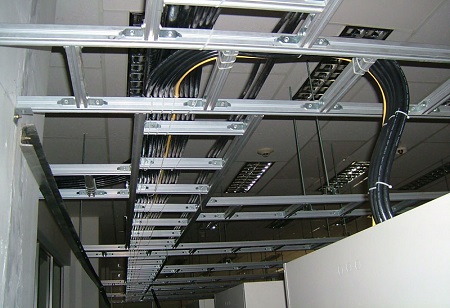Cable trays have proven their efficacy over conduit wiring systems, giving a makeover to wiring and offering the scope for addition of new cables in future. Owing to these advantages, commercial and industrial complexes across the world are using them for their obvious benefits. This has generated a considerable demand for cable trays across industry sectors and commercial establishments. To be able to not just score brownie points in terms of security and dependability but also bring about significant reduction in space and cost, has made cable trays a preferred choice. If we look at the global cable tray market, its growth is primarily being driven by the increasing demand in construction industry, especially in the developing countries undergoing aggressive urbanization.
As per a Technavio report, the global cable tray market is expected to grow at a CAGR of more than 9 percent in the next three years. The report attributes the market growth to increasing focus of businesses on communication and automation technologies and the fact that high-speed network connectivity is becoming a must-have. Apart from power distribution, communication is the other major area that is witnessing the adoption of cable trays. With increasing focus on high-speed network connectivity, cellular communication technologies are gaining prominence. What’s more, the advent of 5G telecommunication technology has mitigated several drawbacks of mobile connectivity issues for IoT devices, increasing the deployment of cellular base stations in both urban as well as rural areas. This is in turn is creating a demand for cable tray systems to structure the cables connecting the base stations. Hence, more and more players are looking to fulfill this demand.
According to Ravi Bhandari, Assistant Manager, 6Wresearch, “Steel based cable trays are the largest contributor in the overall market in terms of revenues, owing to high strength, comparatively lower costs and widespread use across multiple domains. FRP cable trays are the second largest in terms of revenues, after steel, in the cable tray market in India. However, applications where exposure to harsh environments and risk of corrosion is higher, such as chemical plants and refineries, employ FRP cable trays extensively.”
Moving forward, solar photo voltaic energy is emerging as a promising alternative to fossil fuel based power. With time, as its production ramps up, it is going to create its own place in the cable management market.
